He’s cooking up thin film pizzas to create cutting-edge inventions
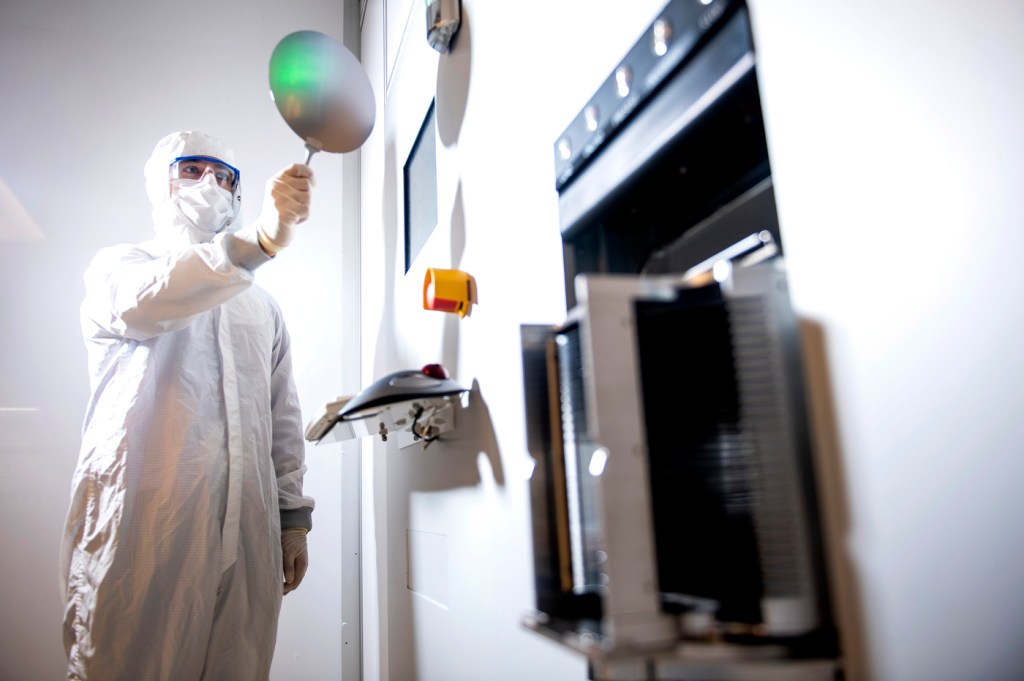
Our phones are constantly vibrating.
Sometimes we can feel it, like when we get a text message. Other times, these vibrations go undetected, like when our phones connect to Wi-Fi or use GPS.
These vibrations are unnoticeable because they occur in microscopic mechanical devices that are often thinner than the diameter of a strand of hair.
These devices consist of metal and a special type of material—piezoelectric material—that converts electricity into movement and vice versa.
It’s called “piezo,” which means “to press” in Greek, because these materials create electricity through mechanical pressure.
A simple example of piezoelectricity is a grill lighter. When enough pressure is applied to the trigger, a tiny hammer strikes a piece of quartz (a piezoelectric material), creating a spark that combines with gasoline to make the flame.
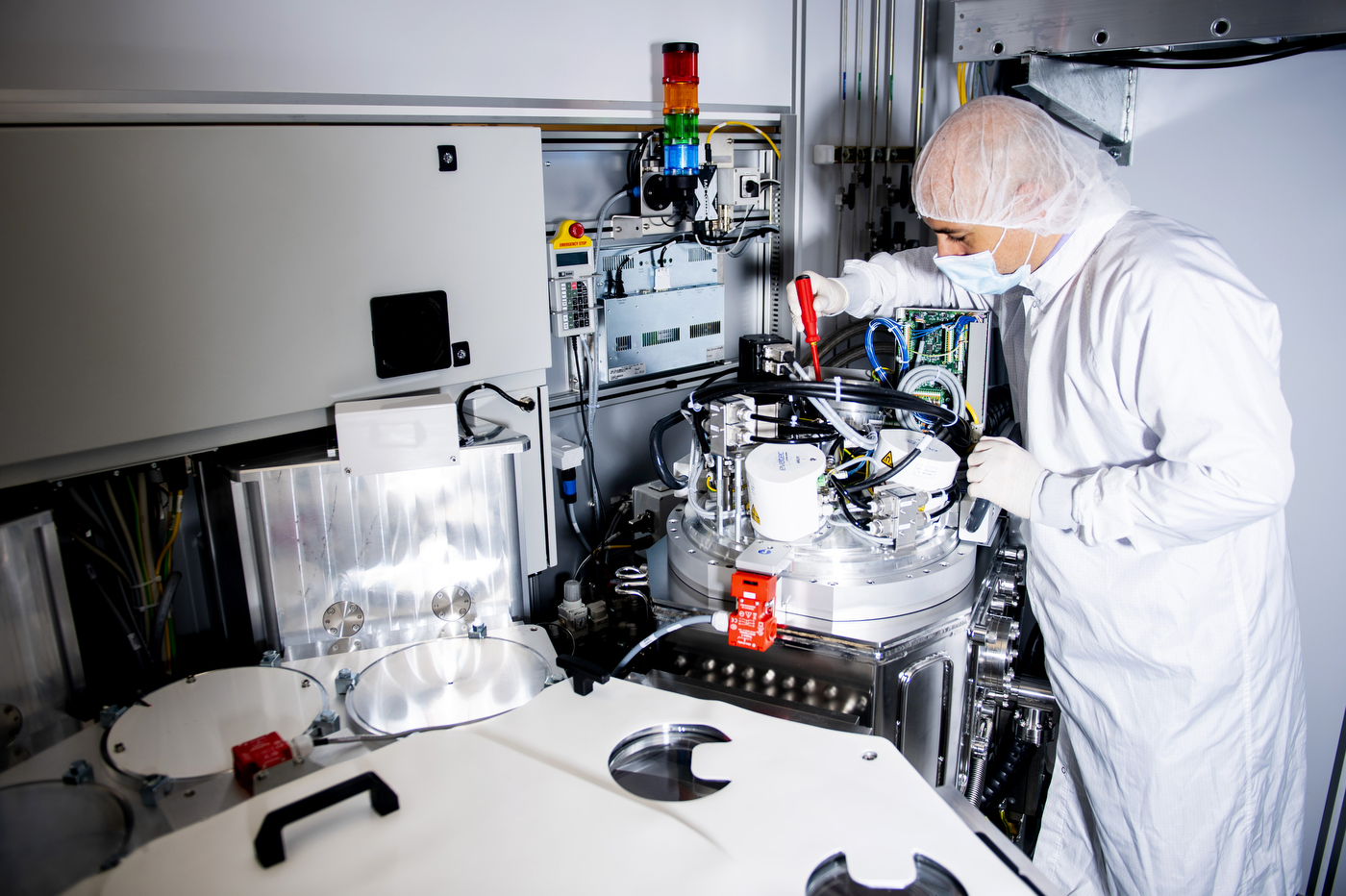
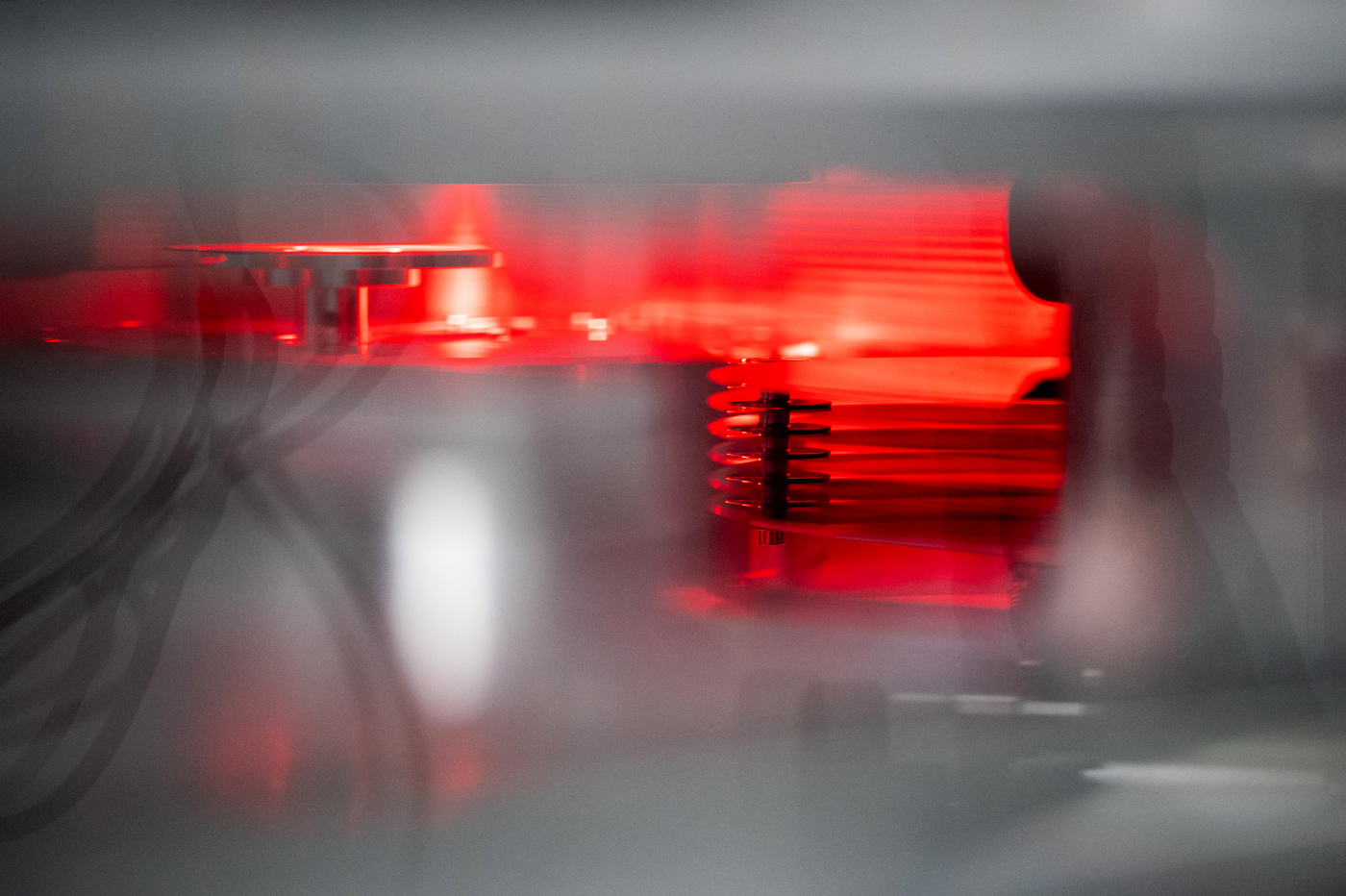


That process, minus the fire and shrunken down to the size of a bacterial cell, is essentially the mechanism that could help enable 5G cellular networks and zero-power censors, to name only a couple.
These piezoelectric devices are incredibly complex to create, and the technology required to do so is not widely available.
However, Northeastern recently acquired one of these machines through a partnership with Evatec, a company that produces semiconductor equipment, which will “help develop a platform that can be made available to the innovation community and speed up the transition to the market for these emerging technologies,” says Matteo Rinaldi, professor of electrical and computer engineering and director of the SMART Center at Northeastern.
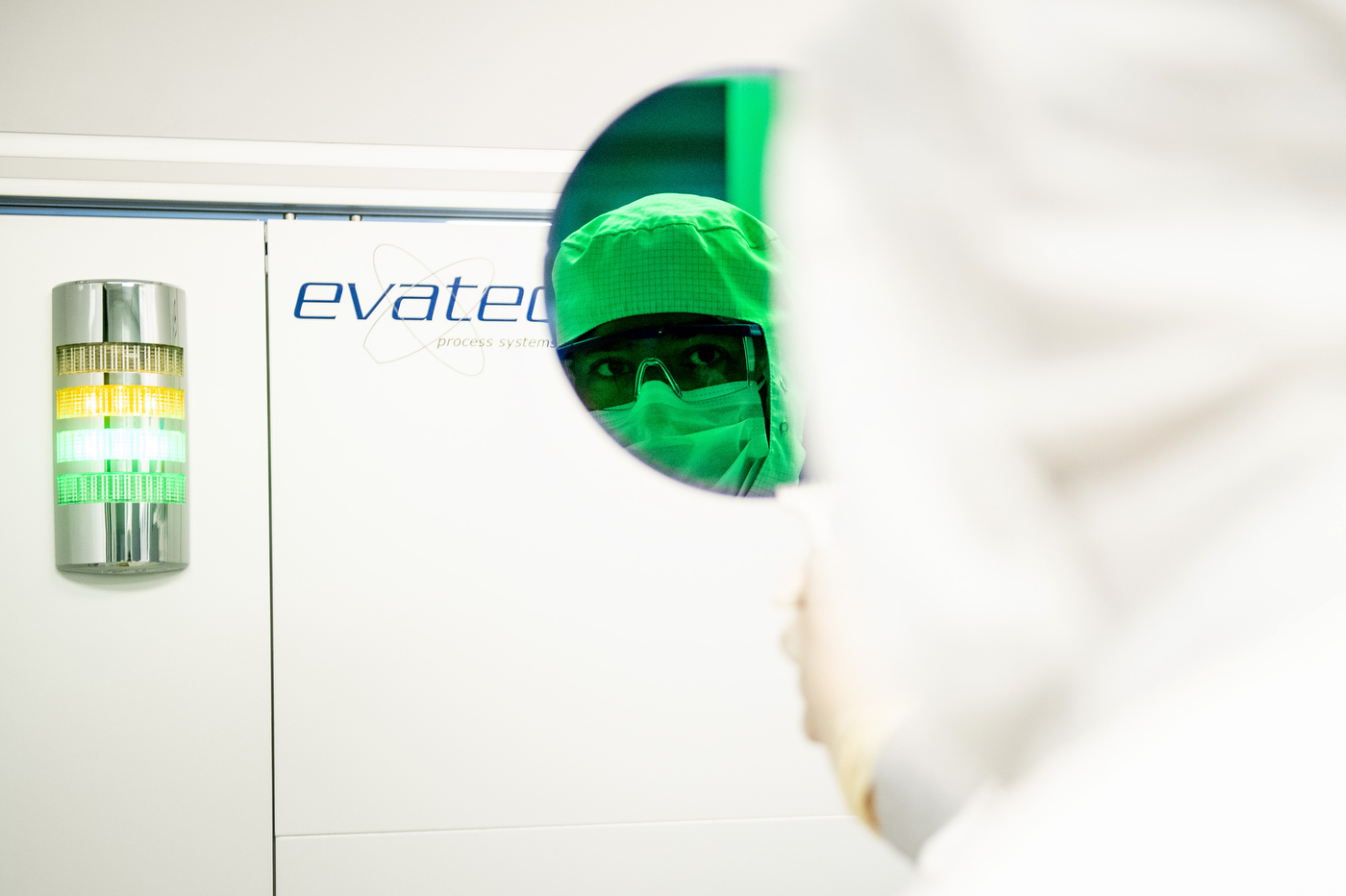
The machine, which is housed in the Egan Research Center, is a “sputtering” tool that works by bombarding a piece of aluminum with ions until individual aluminum atoms separate from the whole, combine with nitrogen and scandium, and “sputter” onto silicon wafers to form a thin layer of particles—a thin film.
“The silicon wafers look like tiny pizzas, and the whole thing, it’s like a pizza oven,” Rinaldi says. “A robotic arm moves the wafers in between chambers of the machine.”
Rinaldi will use this new equipment to work toward developing “versatile, scalable technology platforms,” he says. “We want to reduce the time it takes to create these cutting-edge inventions.”
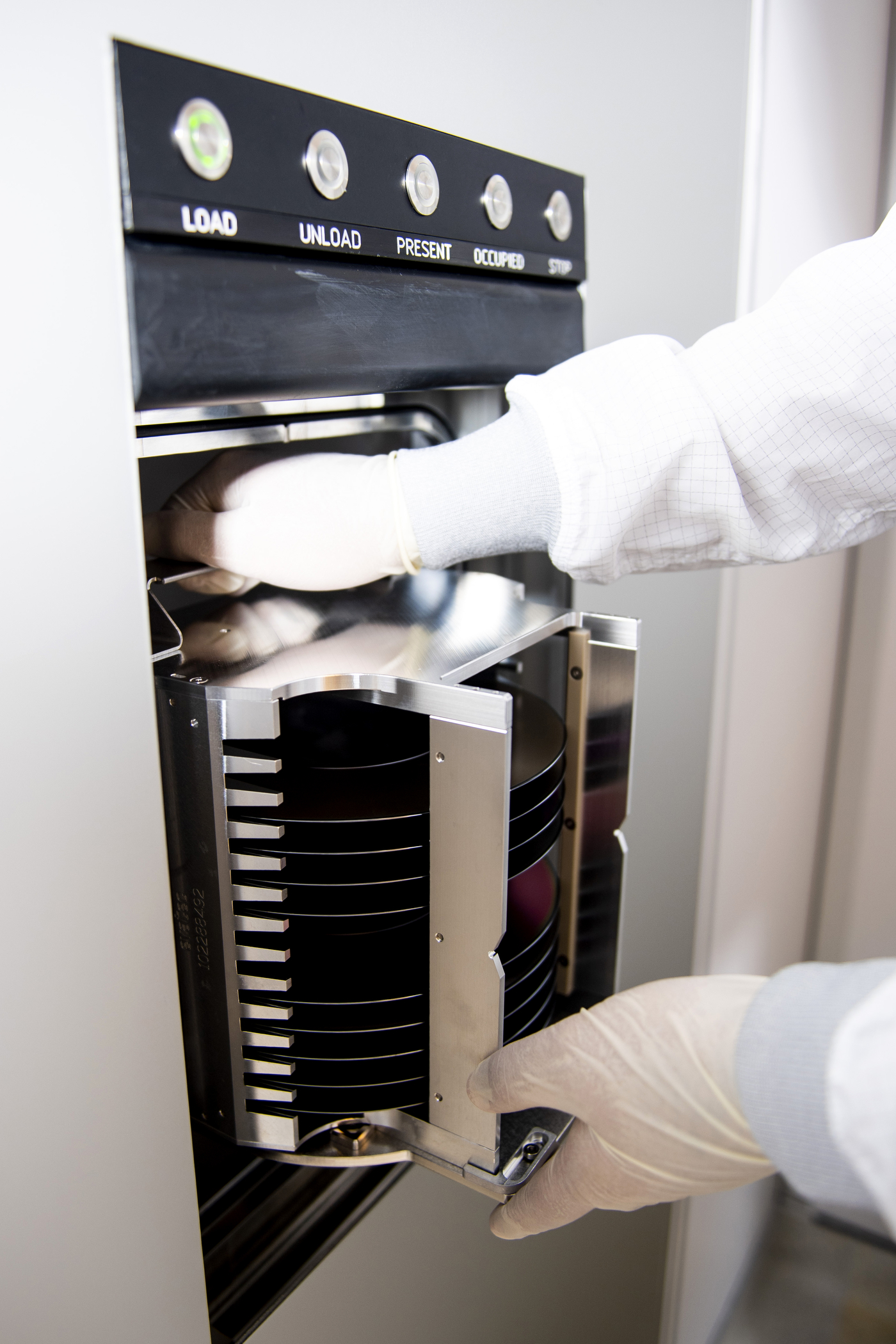
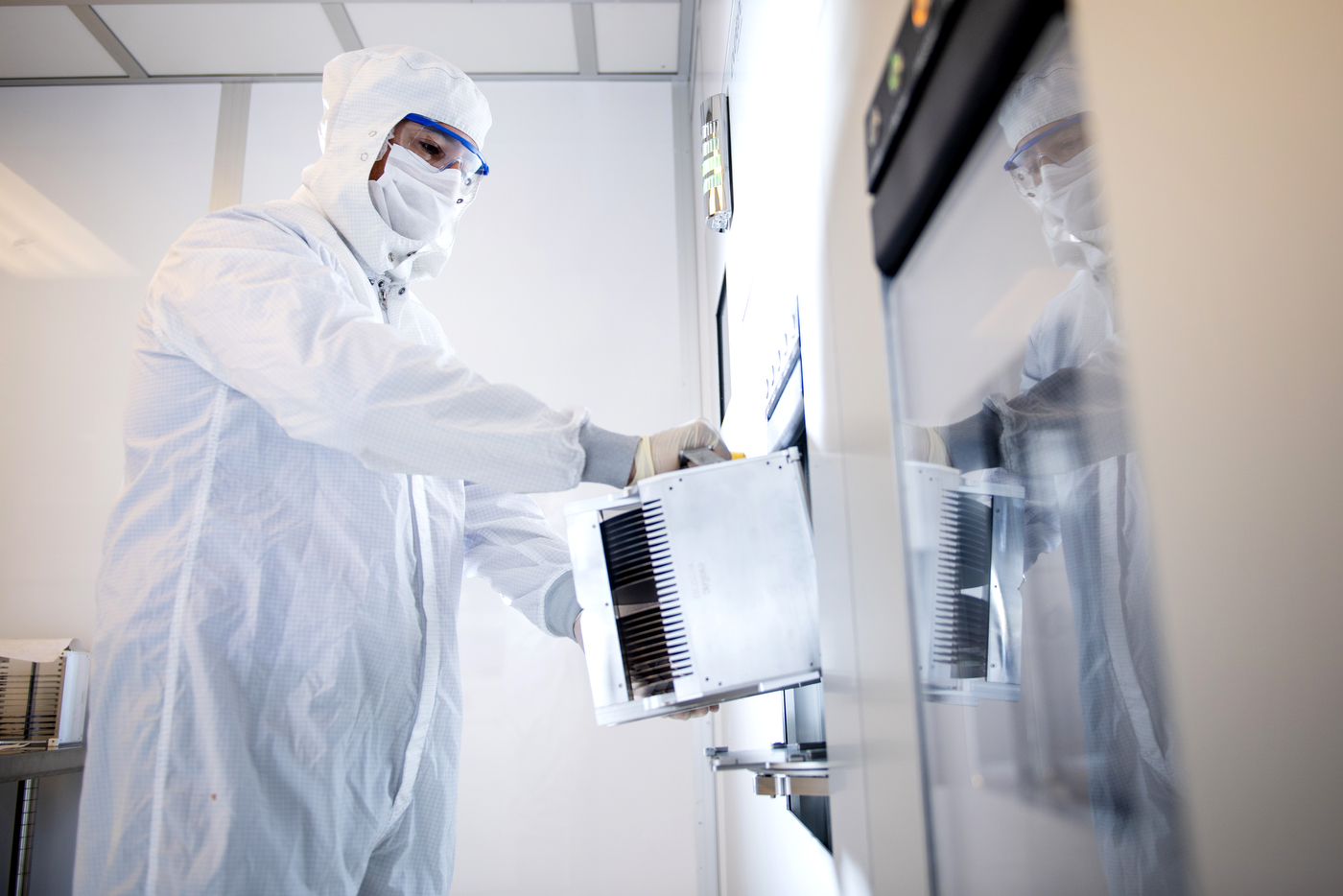
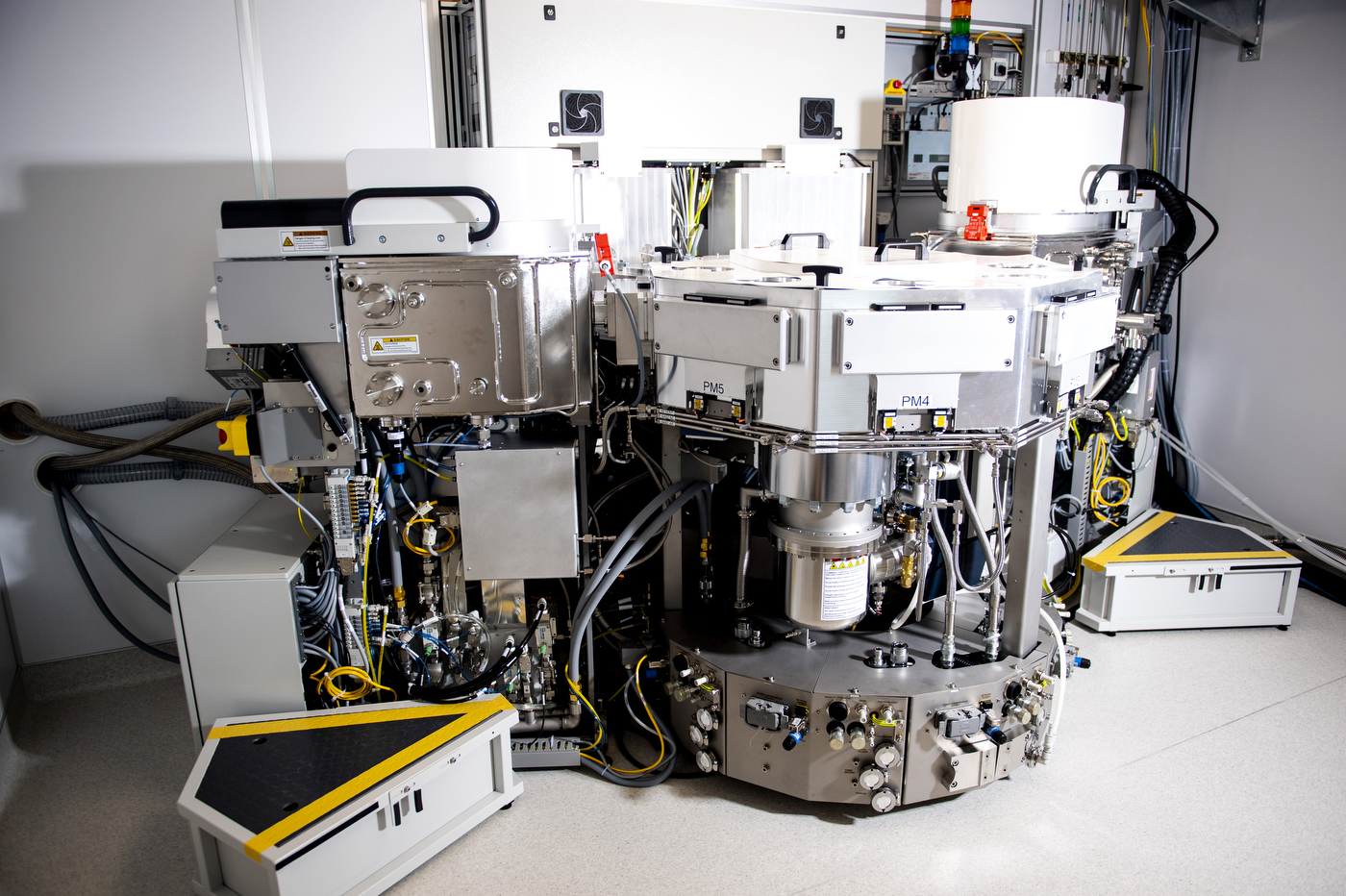
He also plans to expand access to the equipment for researchers at Northeastern and beyond the university. “The idea is that eventually we provide design kits to people, they come up with the design based on those kits, and then we run the fabrication of those designs at Northeastern,” he says.
“We’re entering a new era of innovation,” he says. “And these thin films are the building blocks of so many new technologies.”
For media inquiries, please contact media@northeastern.edu.





